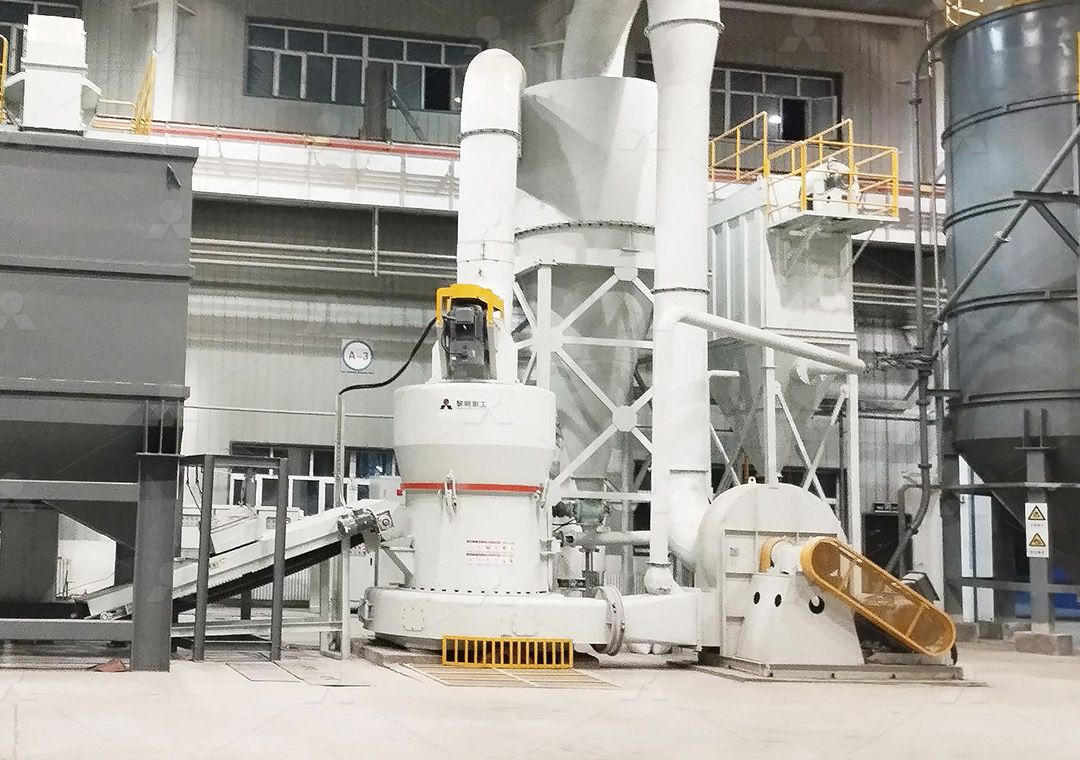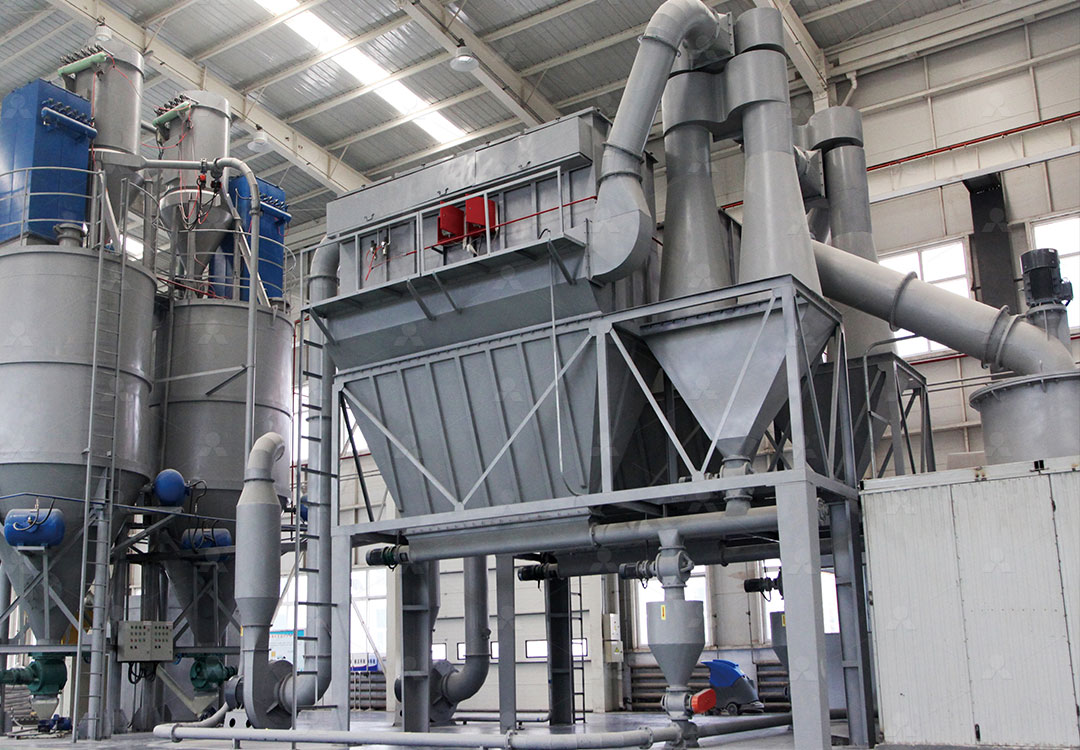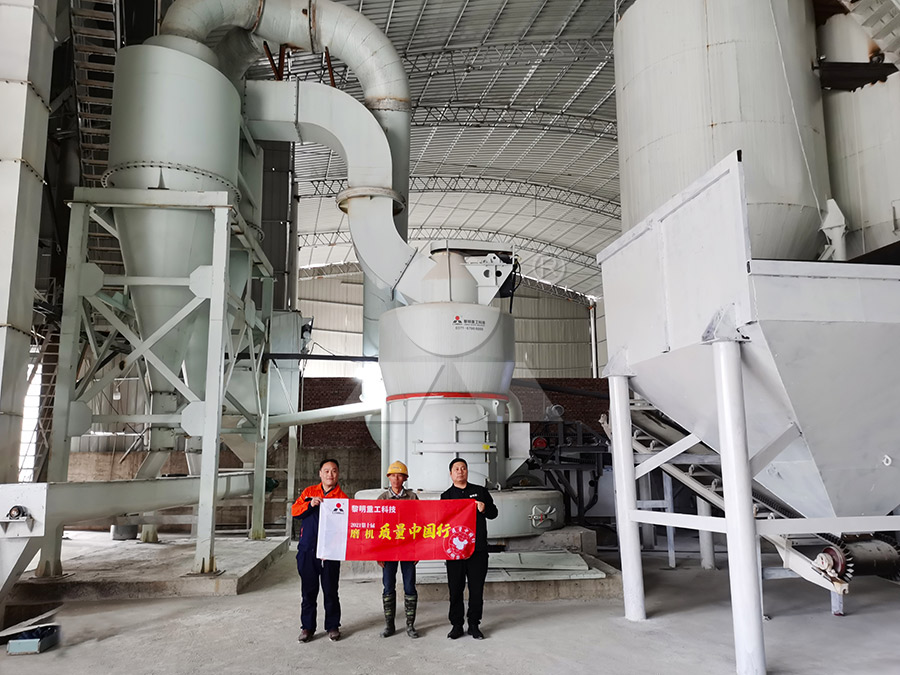New Raymond Mill for Efficient Calcite Powder Production
New Raymond Mill for Efficient Calcite Powder Production
The demand for high-quality calcite powder continues to grow across numerous industries, from plastics and paints to construction materials and pharmaceuticals. As manufacturers seek more efficient production methods, grinding technology has evolved significantly, offering new solutions for superior powder quality with reduced operational costs.

The Evolution of Calcite Grinding Technology
Traditional grinding methods often struggle to meet the precise particle size distribution and purity requirements demanded by today’s markets. The limitations of conventional ball mills and early-generation Raymond mills have pushed manufacturers toward more sophisticated solutions. Modern grinding technology addresses these challenges through innovative engineering that optimizes energy consumption while maximizing output quality.
Calcite, with its moderate hardness and diverse industrial applications, requires careful processing to preserve its chemical properties while achieving the desired fineness. The ideal grinding solution must balance production efficiency with product quality, ensuring consistent performance across varying material characteristics.
Advanced Solutions for Modern Production Needs
Among the standout performers in today’s market is the MW Ultrafine Grinding Mill, specifically engineered for operations requiring ultra-fine powder production. This system represents a significant leap forward in grinding technology, offering exceptional capabilities for calcite processing.
The MW series handles input sizes up to 20 mm with production capacities ranging from 0.5 to 25 tons per hour. What sets this equipment apart is its innovative design that eliminates rolling bearings and screws within the grinding chamber, addressing common failure points that plague conventional mills. This design choice dramatically reduces maintenance requirements while extending operational lifespan.

Key Advantages for Calcite Processing
The MW Ultrafine Grinding Mill delivers several critical benefits for calcite powder production. Its newly designed grinding curves for rollers and rings enhance grinding efficiency by approximately 40% compared to jet mills and stirred mills. When benchmarked against traditional ball mills, the productivity improvement is even more dramatic, with output doubling under comparable conditions.
Perhaps most impressively, the system achieves these productivity gains while reducing energy consumption to just 30% of what jet mills require. This combination of higher output and lower energy use represents a compelling economic proposition for production managers focused on both quality and cost control.
The mill’s adjustable fineness range between 325-2500 meshes, coupled with German-developed cage-type powder selector technology, ensures precise control over particle size distribution. This capability is particularly valuable for calcite applications where specific particle characteristics directly influence end-product performance.
Environmental and Operational Considerations
Modern manufacturing must address environmental concerns without compromising productivity. The integration of efficient pulse dust collection and advanced muffler systems in the MW grinding mill demonstrates how contemporary equipment meets these dual objectives. The complete system operates without dust pollution while maintaining noise levels within strict environmental standards.
From an operational perspective, the external lubrication system allows continuous 24-hour production without shutdowns for maintenance. This feature, combined with digital processing that ensures high precision in core components, provides manufacturers with reliable, uninterrupted operation essential for meeting production targets.

Complementary Technology: LUM Ultrafine Vertical Grinding Mill
For operations requiring different specifications, the LUM Ultrafine Vertical Grinding Mill offers another sophisticated option. With its input size capacity of 0-10 mm and throughput of 5-18 tph, this system incorporates the latest grinding roller technology from Taiwan and German powder separation expertise.
The LUM mill’s unique roller shell and lining plate grinding curve design promotes better material layer formation, enabling high finished product rates through single-pass powder milling. This approach enhances both grinding efficiency and the whiteness and cleanliness of final products—critical quality parameters for many calcite applications.
Frequently Asked Questions
What makes the MW Ultrafine Grinding Mill particularly suitable for calcite processing?
The MW mill’s combination of adjustable fineness (325-2500 meshes), high efficiency grinding curves, and absence of internal bearings and screws makes it ideal for calcite. These features ensure consistent product quality while minimizing maintenance interruptions.
How does the energy consumption compare to traditional grinding methods?
The MW Ultrafine Grinding Mill reduces energy consumption to approximately 30% of jet mill requirements while delivering 40% higher capacity than jet or stirred mills and double the output of ball mills.
What environmental features are incorporated into these grinding systems?
Both the MW and LUM mills include efficient pulse dust collectors, mufflers, and noise reduction technologies that ensure compliance with environmental standards while maintaining production efficiency.
Can these systems handle variations in calcite feedstock quality?
Yes, the advanced grinding curves and adjustable parameters allow both systems to maintain consistent output quality even with variations in input material characteristics.
What maintenance advantages do these modern grinding mills offer?
The elimination of rolling bearings and screws in the grinding chamber, combined with external lubrication systems, significantly reduces maintenance requirements and enables continuous 24-hour operation.
